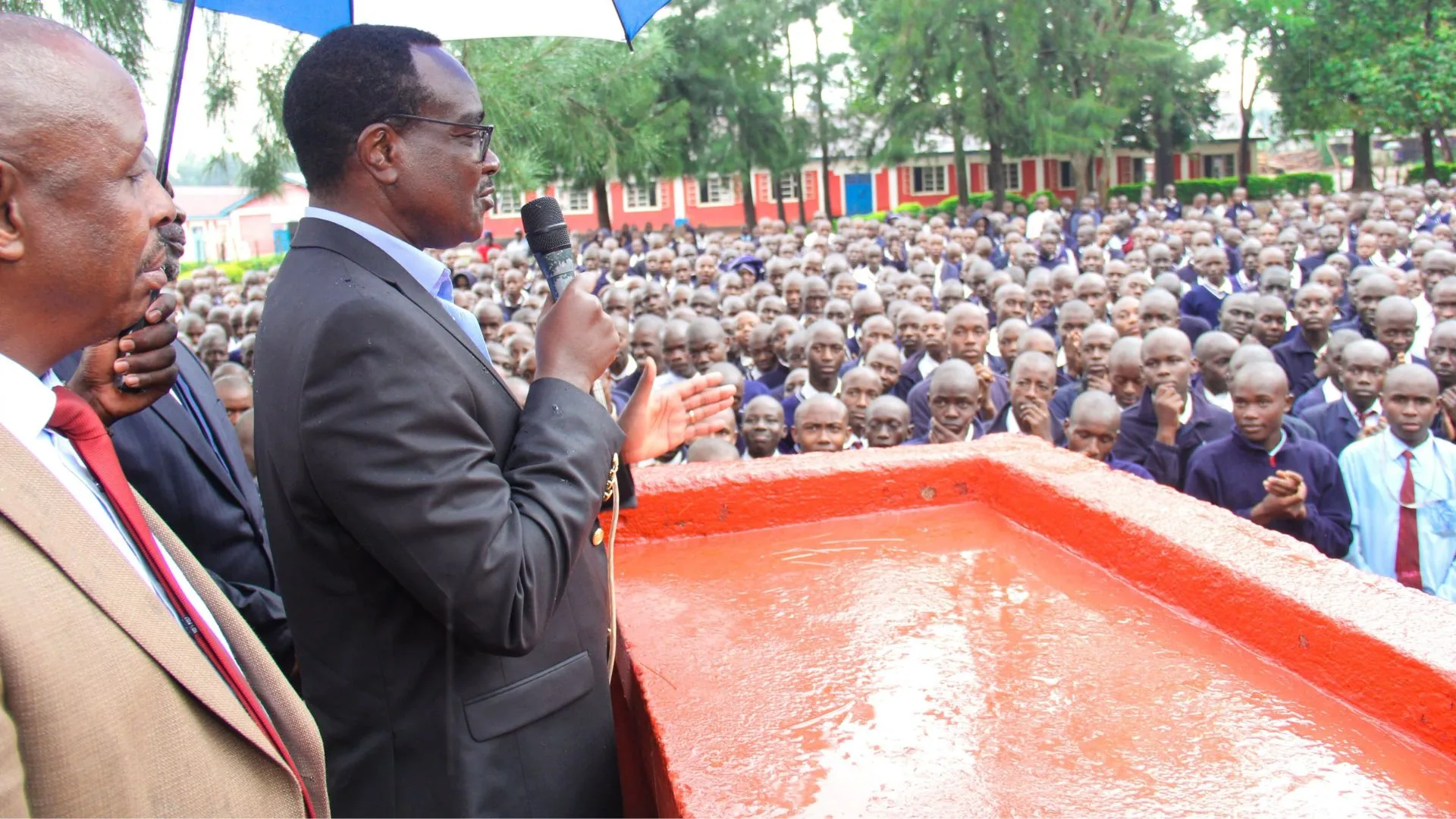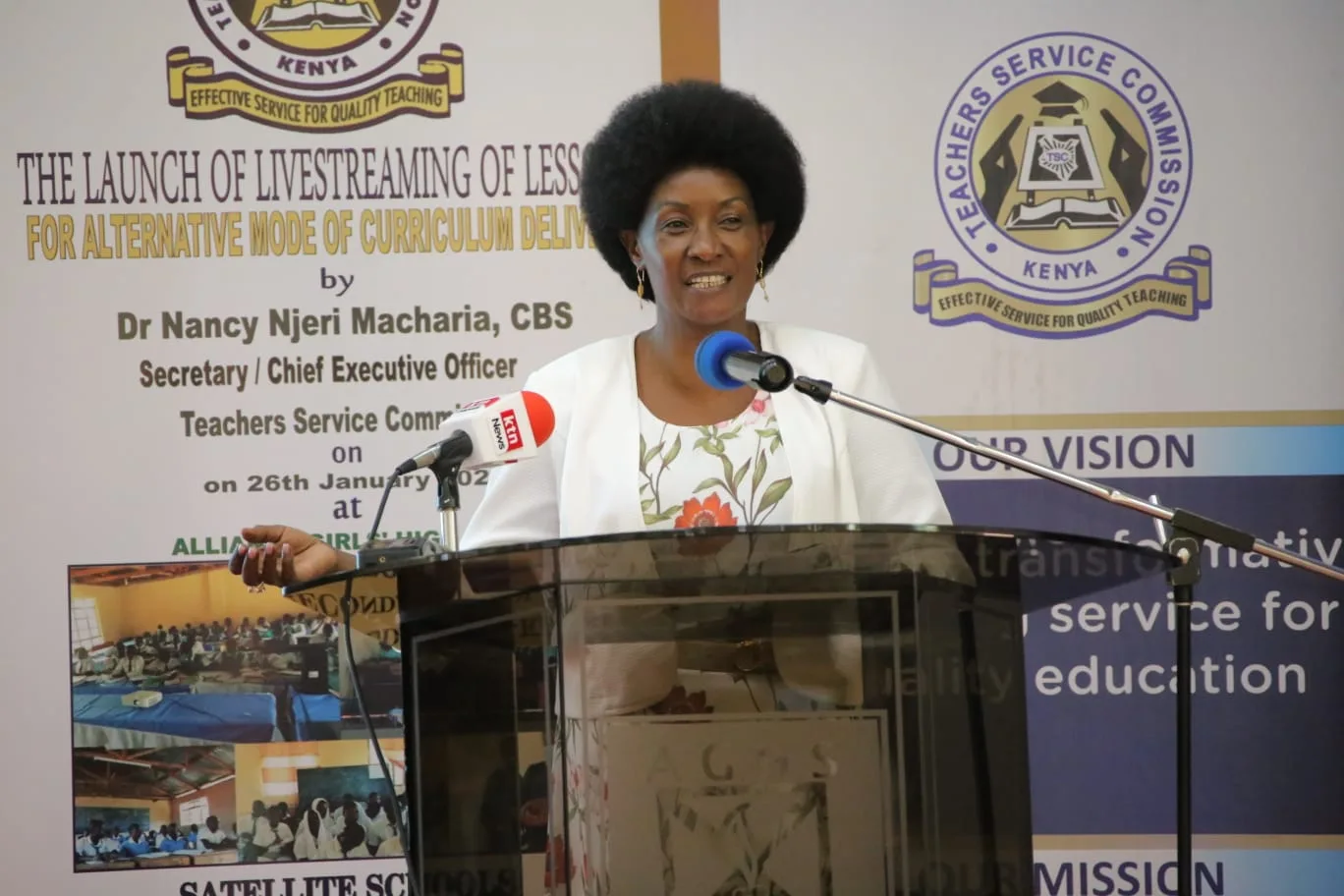CBC Reforms: All Senior Secondary Schools to Be Mixed and Inclusive.
In a significant shift within the Competency-Based Curriculum (CBC), all senior secondary schools will become mixed and predominantly day schools. The Grade 9 learners, currently the first CBC cohort, are expected to transition to senior secondary schools in January 2026.
The Kenya Junior School Education Assessment (KJSEA), set for November this year, will serve as the final assessment for these pioneer CBC learners at the junior secondary level.
The placement of students in senior schools will depend on their performance in the KJSEA, which accounts for 60% of their total score, and the School-Based Assessment (SBA), contributing 40%.
The SBA includes Kenya National Examination Council (KNEC) projects, practicals, and written assessments conducted in Grades 7 and 8. Each component of the SBA contributes 20%, making up 40% of the total score. KNEC projects and practicals are conducted annually during the second term, while written assessments are done in the third term.
Based on the combined assessment results, learners will be placed in senior schools aligned with one of three career pathways: Arts and Sports Science, Science, Technology and Mathematics (STEM), or Social Science. These pathways will have specific tracks, referred to as learning areas under the CBC framework.
Pathway and Track Options
The Arts and Sports Science pathway includes Performing Arts, Sports, and Visual Arts tracks. STEM offers tracks in Pure Science, Applied Science, Technology and Engineering, and Career Technology Studies (CTS). The Social Science pathway consists of Humanities, Business Studies, and Language and Literature tracks.
Learners’ placement into pathways will depend on how their KJSEA outcomes align with the requirements of each track. Additionally, KNEC will administer questionnaires to gather information on students’ interests and personalities, helping identify strengths in areas such as sciences or sports.
This ensures learners are placed in schools with the necessary resources to support their career choices.
Under CBC, traditional school categories, including national, extra county, county, and sub-county schools, will be replaced by a unified system. Senior schools will accommodate Grade 9 graduates based on available staffing and infrastructure.
For instance, national schools with superior facilities may host students across all pathways, while extra county schools might offer only two pathways due to resource constraints.
Regional factors, such as geographical location and availability of slots, will influence placement. To promote inclusivity and equality, learners will attend schools closest to their homes, minimizing long travel distances. The government’s focus on proximity aligns with the current practice where junior schools (Grades 7–9) are integrated into existing primary schools.
Inclusivity and Gender-Neutral Placements
The CBC changes aim to dismantle the existing categorization of schools by gender. Students will be placed in schools based on career pathways without restrictions tied to gender. This transformation means the elimination of purely boys’ or girls’ schools, fostering inclusivity across the board.
Regions with a higher number of schools will have an advantage, as they can accommodate more learners. This restructuring emphasizes equality and ensures all learners have fair access to education irrespective of gender or regional disparities.
Read Also: Concerns Over Government Preparedness for Grade 9 Transition to Senior Secondary
The Ministry of Education plans to release detailed guidelines in March to facilitate the transition of Grade 9 learners to senior schools. Education Cabinet Secretary Julius Migos indicated that these guidelines would address placement policies and provide clarity on the integration of pathways and school facilities.
The shift to mixed and predominantly day senior secondary schools under the CBC framework represents a radical departure from the traditional 8-4-4 curriculum, first introduced over four decades ago. The comprehensive approach seeks to enhance inclusivity, promote proximity, and align education with career aspirations while addressing regional imbalances.
CBC Reforms: All Senior Secondary Schools to Be Mixed and Inclusive
Follow Teachers Updates on Facebook, LinkedIn, X (Twitter), WhatsApp, Telegram, and Instagram. Get in touch with our editors at [email protected].



Discussion about this post